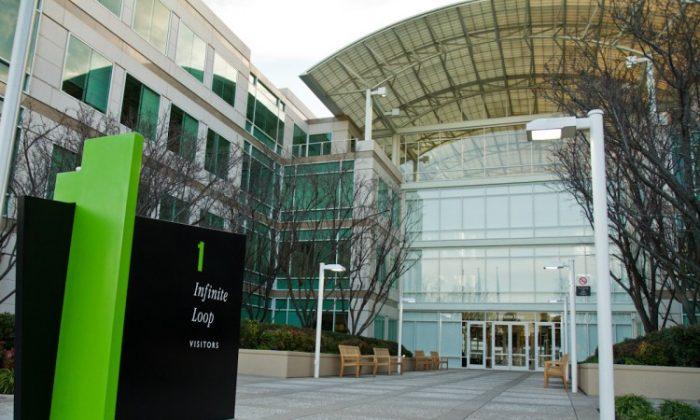The worldwide shipment of traditional PCs, including those of Apple, saw a “precipitous drop” in the first quarter of this year because of poor demand and excess inventory, a new report reveals.
Traditional PCs refer to desktops, notebooks, and workstations. Apple led the swoon, with shipments declining by 40.5 percent. It shipped 4.1 million units during the period.
Lenovo, which shipped 12.7 million units, saw shipments fall by 30.3 percent, HP shipments decreased by 24.2 percent, and Dell Technologies dropped by 31 percent.
IDC attributed the fall in traditional PC shipments to weak demand, worsening macroeconomic climate, and excess inventory. The results indicate a “temporary return” to pre-COVID-19 patterns, it said.
This year’s first-quarter shipment of 56.9 million units was lower than the 59.2 million units shipped out in the first quarter of 2019 and 60.6 million units in the first quarter of 2018.
“Though channel inventory has depleted in the last few months, it’s still well above the healthy four- to six-week range,” Jitesh Ubrani, research manager for IDC’s mobility and consumer device trackers, said.
China Supply Shift, 2023 Trend
The pause in shipment growth now gives supply chains the room to make necessary changes as several factories begin to look into shifting production out of China, the IDC report said. For instance, Apple is reportedly moving production of MacBooks from China to Vietnam, which is slated to kick off early next month.IDC pointed out that PC makers have started reworking their plans for the rest of 2023 and are pulling in orders for Chromebooks because of a potential increase in licensing costs. It stated that it expects PC shipments to suffer in the near term, only getting back to growth trends by the end of 2023 if the global economy improves.
“By 2024, an aging installed base will start coming up for refresh,” Linn Huang, a research vice president at IDC, said.
Apple’s Poor First Quarter
For the first quarter of fiscal 2023, which ended on Dec. 31, Apple reported a revenue decline of 5 percent compared with the same period in the previous fiscal quarter. This was the company’s steepest decline in revenue since 2016.Mac sales, which make up 7 percent of Apple’s top line, declined by 29 percent. Sales of iPhone fell by 8 percent year-over-year in the first quarter. In the category of wearables, home, and accessories, sales dipped by 8 percent.
Apple, however, didn’t provide any guidance for the second quarter—a practice it has been following for the past three years, since the onset of COVID-19 pandemic. As such, the lack of clarity adds to concerns about the company.
The IDC estimate that Apple’s decline in PC shipments could signal further potential negative financial effects for the company.
Apple’s share price is up by more than 29 percent as of April 10, year-to-date. However, it’s down by a little more than 2 percent over the past year.





